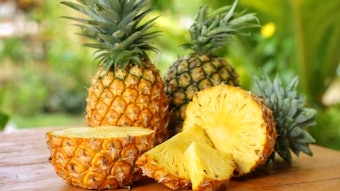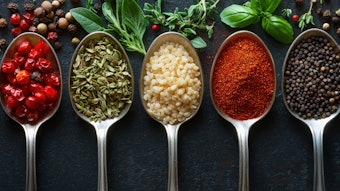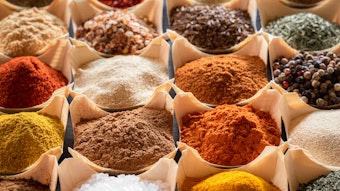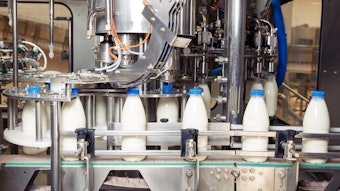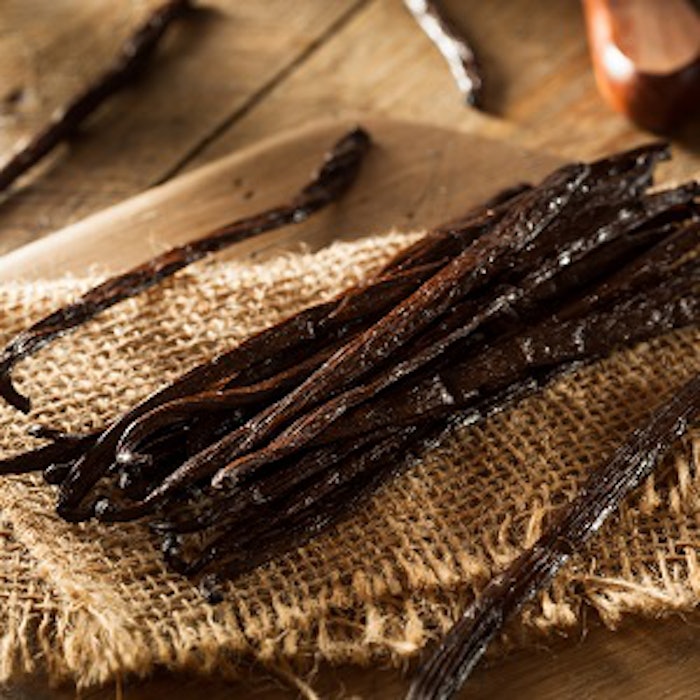
The world’s most popular flavor, vanilla, shows no sign of relinquishing that title anytime soon. Global consumption of vanilla beans has more than doubled since bottoming out in 2004 and is now well in excess of 2,000 metric tons per year. Yet, there are very real concerns about the long-term sustainability of this important food ingredient.
Concerns about Sustainability in the Traditional Vanilla Supply Chain
The price paid to farmers for green vanilla beans has been so low in recent years that roughly 80% of the world’s supply now comes from one country, Madagascar. With an average family income of about $350 per year and few alternatives, the Malagasy farmers continue to grow vanilla beans despite receiving only about $0.01 for every dollar spent on retail vanilla extract. Meanwhile, in growing regions such as Indonesia, India, Mexico and Papua New Guinea, farmers have largely abandoned vanilla for more lucrative endeavors. As a result, the vanilla industry is increasingly dependent on Madagascar.
In Madagascar, the traditional supply chain for vanilla is extremely complex and inherently unstable. Vanilla bean production is entirely based on a cottage industry. There are no plantations on which economies of scale can be utilized for better effi ciency and lower costs. The industry is completely reliant on rural, impoverished farmers who have been marginalized. Lacking the knowledge and resources to transform green vanilla beans into cured beans ready for extraction, they have been reduced to selling green beans to collectors and traders at commodity prices.
